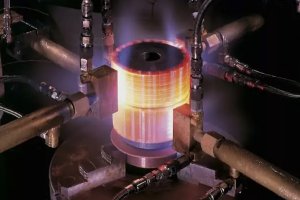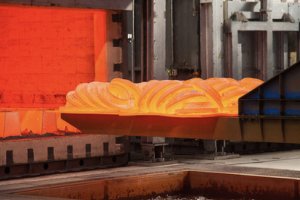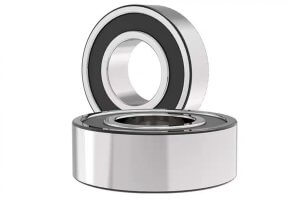CNC machining is a crucial process in the manufacturing industry that requires precision, accuracy, and speed. CNC machines have revolutionized the manufacturing industry by providing high-quality products with minimal errors. The efficiency of the CNC machining process is essential for meeting production goals, reducing costs, and ensuring customer satisfaction. In this article, we will explore five ways to increase efficiency in CNC machining.
1. Optimize Cutting Parameters
Optimizing cutting parameters is one of the easiest ways to increase efficiency in CNC machining. Cutting parameters refer to the speed, feed rate, and depth of cut used in the machining process. These parameters affect the material removal rate, tool life, and surface finish of the final product. By optimizing these parameters, you can reduce the machining time and increase the tool life, resulting in higher efficiency.
For instance, suppose you’re machining a complex part with multiple features. In that case, you can optimize the cutting parameters by reducing the depth of cut and increasing the feed rate and speed. This will result in a faster material removal rate and reduce the tool’s wear and tear. Additionally, using the right cutting tools and coolant can improve the efficiency of the machining process.
2. Use High-Quality CNC Machines
Using high-quality CNC machines is crucial for achieving high efficiency in the machining process. High-quality machines are designed to withstand heavy loads, operate at high speeds, and provide accurate results. They also have advanced features such as automatic tool changers, probes, and sensors that improve the machining process’s speed and accuracy.
Investing in high-quality CNC machines might be expensive, but it’s a worthwhile investment in the long run. These machines can perform multiple operations simultaneously, reducing the machining time and increasing efficiency. Additionally, they require minimal maintenance and have a longer lifespan, reducing repair and replacement costs.
Recommended Read: How to Achieve High-Quality CNC Machining Results
3. Implement Automation
Implementing automation in CNC machining can significantly increase efficiency by reducing manual labor and errors. Automation involves using robots and computer software to control the machining process, from loading and unloading parts to measuring and inspecting them. This eliminates the need for human intervention, reducing the risk of errors and increasing the machining speed.
For example, a manufacturing company that produces hundreds of identical parts can use automation to load the parts onto the CNC machine, machine them, and unload them without any human intervention. This reduces the time taken to perform these tasks manually and improves the accuracy of the machining process. Automation also frees up human labor for other tasks that require human intervention, such as programming and maintenance.
Recommended Read: Mastering the Art of 5-Axis CNC Machining
4. Implement Lean Manufacturing Principles
Implementing lean manufacturing principles is another way to increase efficiency in CNC machining. Lean manufacturing focuses on reducing waste, increasing efficiency, and improving quality. By implementing lean principles, you can identify and eliminate non-value-added activities that slow down the machining process.
For example, if you’re machining a part with multiple features, you can identify the critical features that require the most machining time and focus on those. This reduces the time taken to machine non-critical features, resulting in higher efficiency. Additionally, implementing a just-in-time inventory system can reduce inventory holding costs and improve the machining process’s speed.
Recommended Read: Industry 4.0 and CNC Machining: Revolutionizing Manufacturing
5. Train and Retain Skilled Machinists
Finally, training and retaining skilled machinists is crucial for increasing efficiency in CNC machining. Skilled machinists have the knowledge and experience to operate CNC machines efficiently, troubleshoot issues, and maintain them. They also have the ability to interpret engineering drawings and optimize cutting parameters, resulting in a faster and more accurate machining process.
Training and retaining skilled machinists can be challenging due to the shortage of skilled labor in the manufacturing industry. However, investing in training programs, apprenticeships, and competitive salaries can attract and retain skilled machinists. Additionally, providing a safe and healthy working environment can improve job satisfaction and reduce turnover.
Retaining skilled machinists is essential for maintaining consistency in the machining process. New machinists may take time to learn the nuances of the CNC machine and may make mistakes that can lead to inefficiencies. Retaining experienced machinists can ensure that the machining process is performed with consistency, resulting in higher efficiency.
In conclusion, increasing efficiency in CNC machining requires a combination of optimizing cutting parameters, using high-quality CNC machines, implementing automation, implementing lean manufacturing principles, and training and retaining skilled machinists. These strategies can reduce machining time, improve accuracy, and increase production output. Implementing these strategies requires a significant investment of time and money, but the long-term benefits can far outweigh the costs. With the ever-increasing demand for high-quality products, increasing efficiency in CNC machining is crucial for remaining competitive in the manufacturing industry.









